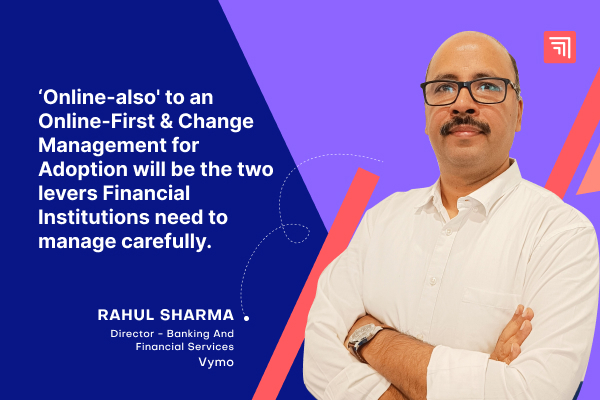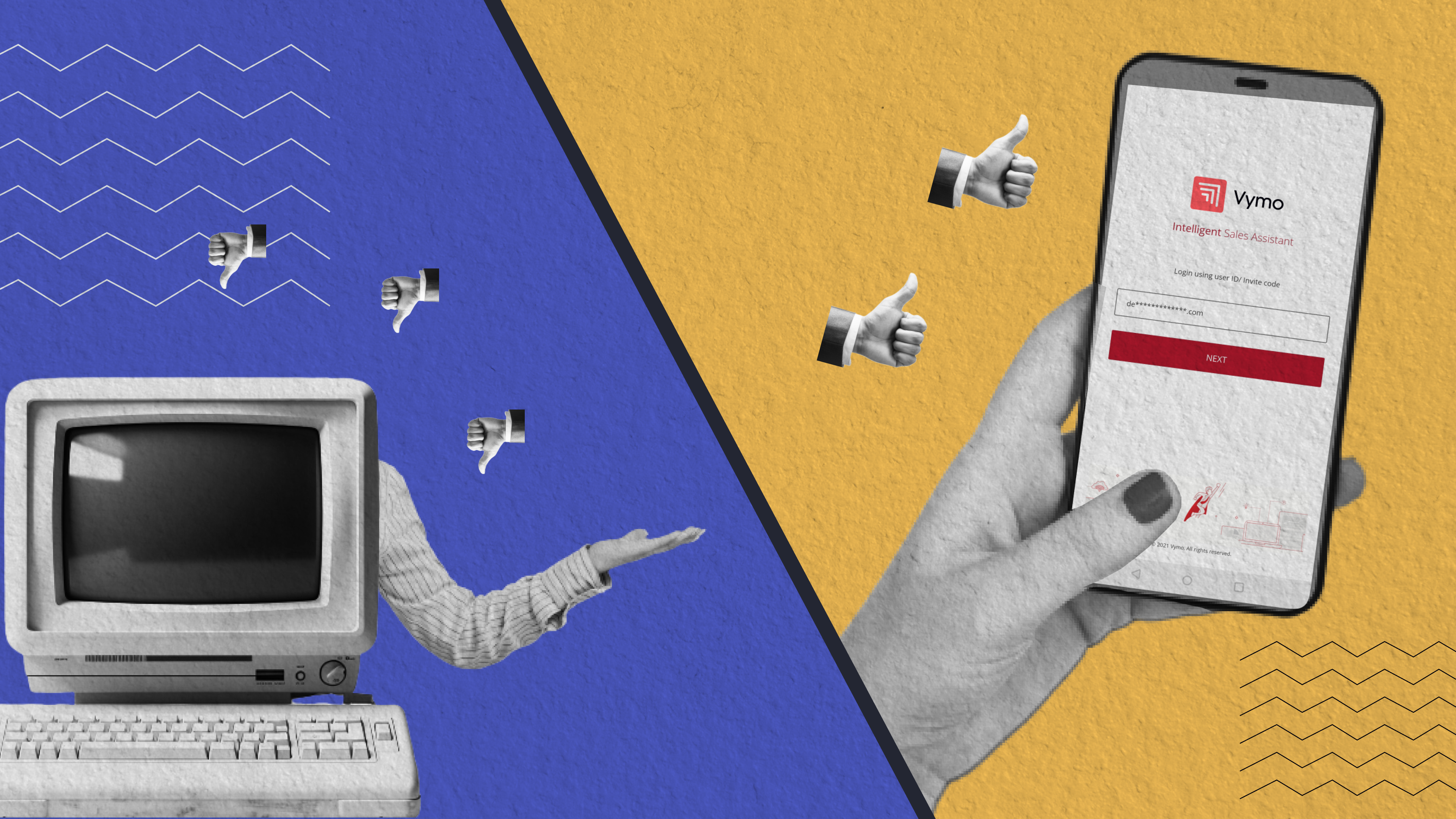As we enter 2023, the Global Economy is set for a slight slowdown mimicking a borderline recession, but what does this mean for the banking industry? What would traditionally stronger banks need to look at as the competition grows with new-age Technology coming in? Will they compete or Out compete – let’s find out.
What are the top banking trends of 2023?
1) Tailoring Customer Engagement with Bespoke Solutions.
Highly engaged customers are the most rewarding customers – Who will know this better than Banking and Financial Services. The key aspects that drive a highly engaged customer post onboarding are :
- Ease of access (self and assisted) – Availability of my Bank when I need it.
- Requirement-based products – Does my Bank know enough and treats me fair.
- Uniformity – Communication, Service delivery, and Personal interaction, all ducks in line.
As the focus on curating the perfect product fit increases, it becomes equally important to keep the customer informed on the process and adhere to the timelines. Hence, the right product fit delivered at the right time coupled with the right communication to the customer is key in positioning the offering right.
Thus efficiently delivering this contextual experience helps retain the customer. As a result, Banks and Financial Institutions are getting even sharper and more effective in removing subjectivity from the system and are looking at solutions that can segregate and standardize as many requirements as possible.
2) The shift in customer expectations & requirements
Bank and Financial Services’ new acquisitions and customer demographics have started to witness a change. As per McKinsey’s article, more than two-thirds of Millenials and Gen Z are using global digital channels for banking. In addition, this younger set of digitally native consumers are tech enthusiasts, and their expectations of having tech fused into banking solutions have also increased exponentially.
Moreover, traditional customers who were apprehensive about technology adoption have started using online banking services. As a result, 70 percent of customers are open to using digital channels for consultation with their Relationship Manager in the SEA market, as per McKinsey’s article.
As a result, plenty of Neobanks have come up in Geographies around the globe which are bringing about a change in how customers perceive banking by offering them diverse online banking experiences. Neobanks are loaded with technology and features, and have a high rate of adoption among Gen Z & Millennials. Neobanks are extremely adaptable to quantities of scale, and also the ability to alter technology which drives the business models. The rapid growth of Neobanks and adoption trends of technology by young customers, will lead most Banks and Financial Institutions to shift their approach from an online-also to online-first model.
Traditional banks will leverage customer loyalty and deep resources to even the playing field with Neobanks on Technology. Banks and Financial Institutions are investing in deeply integrated digital products using a single pane of glass to meet the ever-changing expectations of the upcoming generation of Bank & Financial Service users.
3) The advent of 5G technology
5G is one of the next big things coming not just into the connectivity space but also across other industries. The presence of 5G will be felt in banking due to the accelerated tech adoption rate and as more banks go Digital First. 5G enables systems to send heavy loads of information with exponentially lesser lag. Banks & Financial Institutions’ digital frontend teams have their work cut out to upgrade their digital infrastructure to keep the customers’ Hello Cards and SPG buzzing with relevant information.
Secondly, the core of driving any business is to empower the customer-facing stakeholders with coherent/contextual information from multiple sources. With 5G, the technical limitations of sending information on demand within any system will reduce considerably. This will lead to more contextual and customer-specific information – being made available for interactions on Mobility.
SaaS-based fintech firms will see an increase in their adoption. As per McKinsey’s survey, the market penetration of fintech tools and e-wallets has grown from 11% in 2017 to 51% in 2021. This will only develop further with 5G on its way. In 2023, we will see many “unified banking apps” and mobility solutions having platform-driven approaches capable of delivering customer journeys across product lines.
How can banks thrive in a changing environment?

Vymo has deployed effective sales engagement solutions in the BFSI sector across multiple enterprises in varying geographies.
Our expertise lies in analyzing customer engagement and sales behaviors through data and analytics to drive effective on-ground behaviors for higher lead conversions, higher efficiency across sales functions, and superior customer experience.





